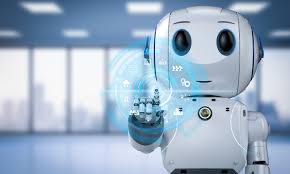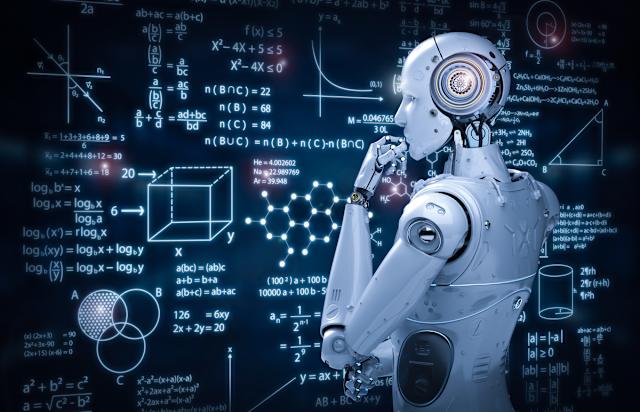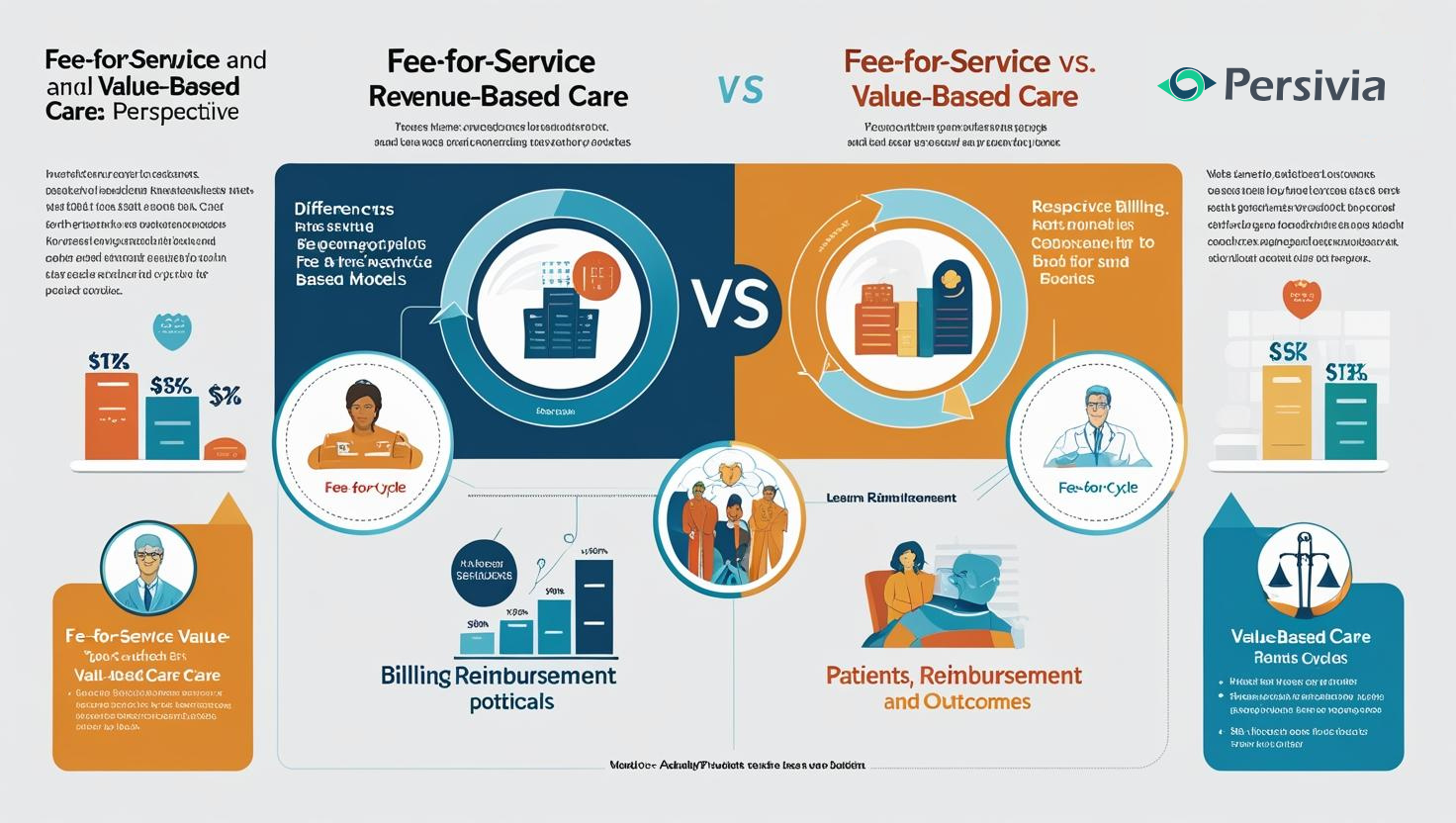Introduction
In the rapidly evolving digital landscape, artificial intelligence (AI) has transformed the way we communicate, work, and create. From automated emails to full-length articles and artworks, AI-generated content is becoming increasingly prevalent. As a result, distinguishing between human and machine-generated work has become a pressing concern. This challenge has given rise to tools known as AI Detector in English-speaking regions and KI Detectors in German-speaking countries—“KI” standing for Künstliche Intelligenz, the German term for artificial intelligence.
These detectors are essential for maintaining authenticity, accountability, and trust in digital communications. Whether in academic institutions, media, marketing, or government, AI and KI detectors play a crucial role in verifying the origin of content. This article provides a comprehensive overview of AI and KI detectors, their working mechanisms, benefits, limitations, and real-world applications.
What Are AI Detectors and KI Detectors?
AI Detector
An AI detector is a software tool or algorithm that analyzes digital content—such as text, images, audio, or video—to determine whether it was created by a human or an AI model. These tools are especially vital in English-speaking countries, where large-scale AI adoption has sparked concerns over content authenticity.
KI Detector
Similarly, a KI detector (from Künstliche Intelligenz) refers to the same type of tool, but is more commonly used in German-speaking regions. While the functionality remains identical, KI detectors are localized for regional language and context.
Why Do We Need AI/KI Detectors?
The line between human and AI-generated content has become increasingly blurred. Here’s why detection tools are essential:
- Preserving Academic Integrity – Preventing students from submitting AI-written assignments.
- Combating Misinformation – Identifying AI-generated fake news and deepfakes.
- Ensuring Fair Hiring – Detecting AI-written resumes or cover letters.
- Maintaining Transparency – Allowing readers to know whether the content was created by a machine.
How Do AI and KI Detectors Work?
AI and KI detectors utilize several key techniques to determine content origin:
1. Linguistic Analysis
AI-generated content often exhibits predictable sentence structures, overuse of transitions, or a robotic tone. Detectors analyze grammar, syntax, and vocabulary to find telltale signs.
2. Perplexity and Burstiness
These statistical models measure how predictable a sentence is. Human writing tends to be more unpredictable (higher perplexity) and varies in sentence length and complexity (burstiness), while AI-generated content is usually more uniform.
3. Machine Learning Models
Advanced detectors are trained on massive datasets of both AI and human-written content. These models use classification algorithms to determine the likely source of a given input.
4. Metadata and Source Tracing
In multimedia content, detectors can examine hidden metadata or tags that may indicate the use of AI software such as DALL·E, Midjourney, or ChatGPT.
Top AI and KI Detector Tools in 2025
Here are some of the most reliable tools in the field:
1. GPTZero
Designed for educators, GPTZero identifies AI-generated essays and assignments using burstiness and perplexity metrics. It’s widely used in English-speaking academic institutions.
2. ZeroGPT
This multilingual tool detects AI-generated content in English, German, French, and other languages. It’s suitable for international use, including German-speaking regions needing a KI detector.
3. Originality.AI
Favored by content creators, this tool provides high-accuracy results and is used to detect AI-written blog posts, marketing content, and more.
4. Content at Scale AI Detector
Known for its high precision, this tool is ideal for professional writers and agencies concerned with maintaining content authenticity.
Real-World Applications
1. Education
Schools and universities worldwide are witnessing a surge in AI use by students. AI/KI detectors help educators identify assignments written with the help of language models, preserving academic standards.
2. Journalism
AI-written articles are becoming common in digital journalism. However, unchecked use of AI may spread misinformation. Media houses now use AI/KI detectors to ensure editorial credibility.
3. Legal and Regulatory Compliance
Some jurisdictions may legally require disclosure of AI-generated content. Detectors help ensure that businesses and individuals remain compliant.
4. Publishing and Content Marketing
Content marketers often use AI for drafting blogs, emails, and advertisements. While efficient, it’s essential to ensure originality and compliance with SEO guidelines, making detectors invaluable.
Ethical and Social Implications
AI and KI detector, while technologically advanced, must also be used responsibly. Here are some ethical issues to consider:
1. Privacy Concerns
Analyzing personal or sensitive content without consent can lead to privacy violations. Responsible use mandates transparency and informed consent.
2. False Positives
Some detectors might wrongly classify human-written content as AI-generated. This could have serious consequences for students, writers, or job seekers.
3. Bias in Detection Algorithms
Most AI/KI detectors are trained on English data, which may lead to biased results in other languages, including German. Continuous improvements in training datasets are required for fairness.
4. Freedom of Expression
Relying too heavily on detectors might discourage creative use of AI or penalize writers unfairly. A balanced approach is necessary to protect freedom of expression.
Limitations of AI/KI Detectors
Despite their usefulness, these tools have some limitations:
- Evasion Techniques – AI content can be paraphrased or edited to bypass detectors.
- Rapid AI Evolution – As models like GPT-5 emerge, they produce more human-like content, challenging detector accuracy.
- Language Limitations – Many detectors struggle with non-English texts, especially informal dialects or code-mixed language.
- Lack of Standardization – No universal benchmark exists for accuracy, making it difficult to compare tools objectively.
The Future of AI and KI Detection
As AI capabilities expand, so must detection technologies. Here’s what the future may hold:
1. Real-Time Detection
Next-generation tools may analyze content as it’s being created—ideal for education, social media, and corporate communication.
2. Cross-Platform Integration
AI detectors may be embedded in content management systems (CMS), learning management systems (LMS), and email clients.
3. Multi-Language Support
Improved language models will allow detectors to work accurately across languages, including nuanced forms of German for KI detection.
4. Blockchain for Authenticity
Blockchain can be used to watermark human-generated content, allowing detectors to verify its origin instantly.
Best Practices for Using AI/KI Detectors
- Use Multiple Tools – No single detector is perfect. Cross-verification increases reliability.
- Combine Human Review – Automated tools should assist, not replace, human judgment.
- Stay Updated – Use tools that are frequently updated to match the pace of AI development.
- Be Transparent – Inform users when their content is being analyzed for AI detection.
Conclusion
AI and KI detectors have become essential tools in the digital era. As artificial intelligence continues to shape the way we write, communicate, and share information, these detection systems serve as a safeguard for truth and originality. Whether you’re an educator, journalist, recruiter, or business owner, understanding and utilizing these tools will be critical for maintaining integrity and trust in a world where machines can now create like humans.
Check out new and latest article to see by clicking here.






